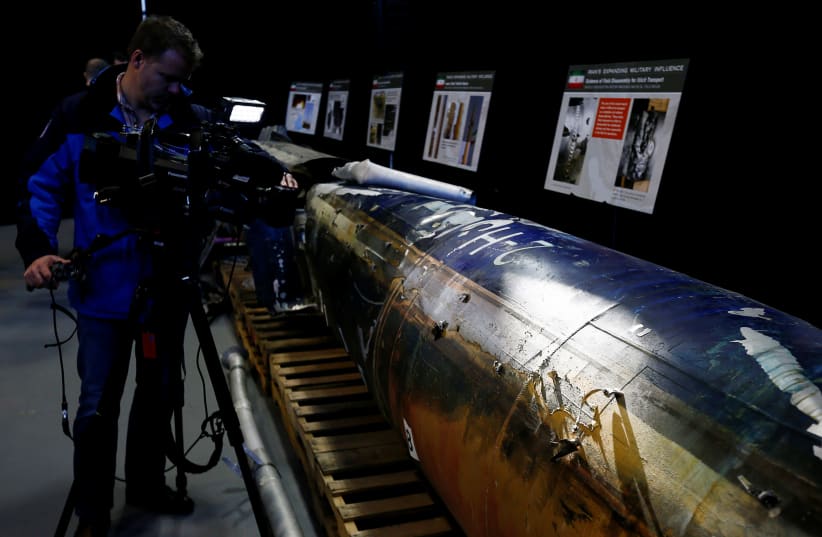US President Donald Trump ordered a US military strike against several targets in Iran on early Friday morning, The New York Times reported, and then changed his mind.
The US ships and jets were ready to strike and then the order to pull back came through, but what led the US and Iran to this point?On Thursday morning, Iran shot down an American drone. Iran claimed the drone was flying over Iranian territory, but according to the Trump Administration the drone was over international waters and unarmed, leading Trump to call the attack “loose and stupid.”Tensions have increased between the US and Iran since the Trump administration pulled out of the Joint Comprehensive Plan of Action, colloquially known as the Iran nuke deal, in May 2018.
Since then, Iran has reportedly attacked, on two separate occasions, oil tankers in the Gulf between Oman and Iran. Iran has denied it was responsible for these attacks, yet tensions remained high.
Yet, with the attack on the US drone, Iran’s Islamic Revolutionary Guard Corps were ecstatic to claim responsibility and explained that the drone, tracked from the southern part of the Persian Gulf, was carrying out an “espionage” mission when it entered Iran’s “territory.” The drone was a US-made BAMS-D, a Broad Area Maritime Surveillance UAV. Leading up to this attack, Iran and the US repeatedly announced that neither party was interested in war. “[US President Donald] Trump does not want war with Iran. We will continue to communicate that message while doing the things that are necessary to protect American interests in the region," US Secretary of State Mike Pompeo tweeted on Wednesday. Just the day before President Hassan Rouhani echoed Pompeo's sentiment, saying that Iran did not want to go to war with any country. "Iran will not wage war against any nation," Rouhani said in a speech that was broadcast live on state TV. "Those facing us are a group of politicians with little experience."But the US has warned Tehran about using “unrelenting force” if it or its allies are attacked, which is why Iran was quick to explain that the drone entered its airspace.Fear of the continued escalation with Iran has led the US to increase the number of troops in the Middle East, Acting US Defense Secretary Patrick Shanahan said on Monday, when he announced the additional 1,000 that would be deployed.
"The recent Iranian attacks validate the reliable, credible intelligence we have received on hostile behavior by Iranian forces and their proxy groups that threaten United States personnel and interests across the region," Shanahan said in a statement.
As close allies of the US and ardent enemies with Iran, Israel has been closely monitoring the situation. After the Iranian strike on the US drone, Prime Minister Benjamin Netanyahu reiterated that Israel stands behind the US. “In the last 24 hours Iran has intensified its aggression against the United States and against all of us," Netanyahu said. "And I repeat my call for all peace-loving countries to stand by the United States in its effort to stop Iranian aggression. Israel stands by the United States on this.”While Netanyahu has kept a low profile during the majority of the US-Iran kerfuffle, he is expected to discuss the issue at length on Sunday with US National Security Advisor John Bolton when he arrives in Israel on Sunday. Bolton is coming to Israel to take part in a trilateral meeting with his Russian counterpart Nikolai Patrushev. Israel’s National Security adviser Meir Ben-Shabbat is expected to attend as well. Reuters and Herb Keinon contributed to this report. 